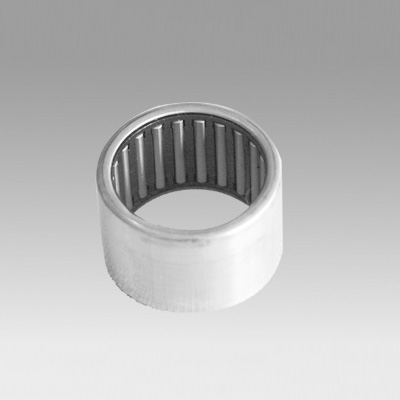
Dec . 24, 2024 04:04 Back to list
sealed thrust bearing
Understanding Sealed Thrust Bearings Functionality and Applications
Sealed thrust bearings play a crucial role in modern machinery, ensuring smooth operation and longevity of rotary components. These specialized bearings are designed to support axial loads, which occur parallel to the shaft, making them essential in various industrial applications. This article delves into the functionality, construction, advantages, and applications of sealed thrust bearings, providing insight into why they are integral to numerous mechanical systems.
What Are Sealed Thrust Bearings?
Sealed thrust bearings are a type of rolling-element bearing specifically meant to handle axial loads. Unlike other bearings that primarily cater to radial loads (perpendicular to the shaft), thrust bearings are exclusively designed to support forces that push along the axis of rotation. They are available in various configurations, including ball and roller types, with seals integrated to protect the internal components from contaminants.
The sealed aspect of these bearings refers to the protective coverings that prevent dust, dirt, moisture, and other harmful particles from entering the bearing. This sealing capability significantly enhances the bearing’s lifespan since contaminants can often lead to premature failure due to wear and tear or corrosion.
Construction and Design
The construction of sealed thrust bearings typically involves an inner race, an outer race, rolling elements (balls or rollers), and sealing elements. The inner race is mounted directly on the shaft, while the outer race is fixed in place by the housing. The rolling elements facilitate smooth movement, reducing friction when the load is applied.
Sealed thrust bearings employ various types of seals, such as rubber lip seals or metal shields, depending on the application's requirements. The choice of seal can influence the bearing's performance, particularly in environments where exposure to contaminants is a significant concern.
Advantages of Sealed Thrust Bearings
1. Contaminant Protection By keeping dirt and moisture out, sealed thrust bearings reduce the risk of failure due to external contaminants. This is especially important in industries where machinery operates in harsh conditions, such as construction or mining.
sealed thrust bearing

2. Reduced Maintenance With inherently better protection against the elements, sealed thrust bearings require less frequent maintenance compared to their unsealed counterparts. This can translate to lower operational costs and increased equipment availability.
3. Extended Lifespan The combination of contamination protection and reduced maintenance often results in a longer service life for sealed thrust bearings, making them a cost-effective choice in the long run.
4. Improved Performance Sealed thrust bearings typically provide better operational performance, maintaining lubrication more effectively and reducing heat generation during service.
Applications of Sealed Thrust Bearings
Sealed thrust bearings find applications in various industries, including
- Automotive These bearings are commonly used in automotive engines and transmissions, where they support various components under significant axial loads. - Aerospace In the aerospace sector, sealed thrust bearings are essential for aircraft engines and landing gear systems, as they need to handle extreme conditions and loads reliably.
- Industrial Machinery Found in conveyor systems, pumps, and compressors, sealed thrust bearings ensure that machinery operates smoothly and efficiently, even under heavy loads.
- Wind Turbines These bearings are also employed in wind turbine gearboxes, where they help manage the axial loads generated by the wind and the rotational forces of the blades.
Conclusion
Sealed thrust bearings are vital components in numerous mechanical systems, providing effective solutions for managing axial loads while ensuring protection against contaminants. With their robust construction, these bearings deliver reliable performance with reduced maintenance requirements. As industries continue to evolve and equipment demands increase, the role of sealed thrust bearings in enhancing machinery reliability and efficiency becomes ever more significant. Understanding their functionality and applications helps engineers and technicians make informed choices, ensuring optimal performance in their respective fields.
Latest news
-
Premium Deep Groove Ball Bearings | High Speed & Reliability
NewsAug.29,2025
-
Durable Scaffolding Clamps - Secure & Reliable Tube Connectors
NewsAug.28,2025
-
Common Failures in Thrust Ball Bearings and Solutions
NewsAug.22,2025
-
How Tapered Roller Bearings Can Take Shock Loads
NewsAug.22,2025
-
Angular Bearings in High-Precision Spindles
NewsAug.22,2025
-
The Impact of Misalignment on Cylindrical Roller Bearing Performance
NewsAug.22,2025
